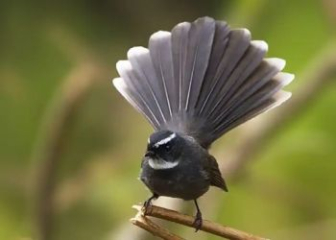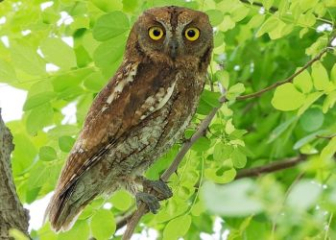Wilson's Bird of Paradise - The Bird with the Most Exotic Beauty
Blog | by
Wilson's Bird of Paradise (Cicinnurus respublica) is a rare bird from Indonesia, possessing a colorful appearance and a very unique curly spring-like tail.
Wilson's Bird of Paradise (Cicinnurus respublica) is one of the most unusual and unique looking birds in the world. It has a colorful plumage with a turquoise beak, blue legs, a red and yellow back, and a curly tail that makes people think of alien creatures.
So do you know what Wilson’s Bird of Paradise is? Where do they live? Or why is it so rare? If not, read the article below with nicebirds to understand more about this “one of a kind” bird from Indonesia!
Wilson's Bird of Paradise Information :
|
Scientific name |
Cicinnurus respublica |
|
Common name |
Wilson's Bird of Paradise |
|
Distribution |
Southeast Asia |
|
Set |
Passeriformes - Sparrows |
|
Surname |
Paradisaeidae - Birds of Paradise |
|
Spend |
Cicinnurus |
|
Size |
16 - 21 cm |
|
Lifespan |
5 - 8 years |
|
Conservation status |
About to be threatened |
Wilson's Bird of Paradise Origin
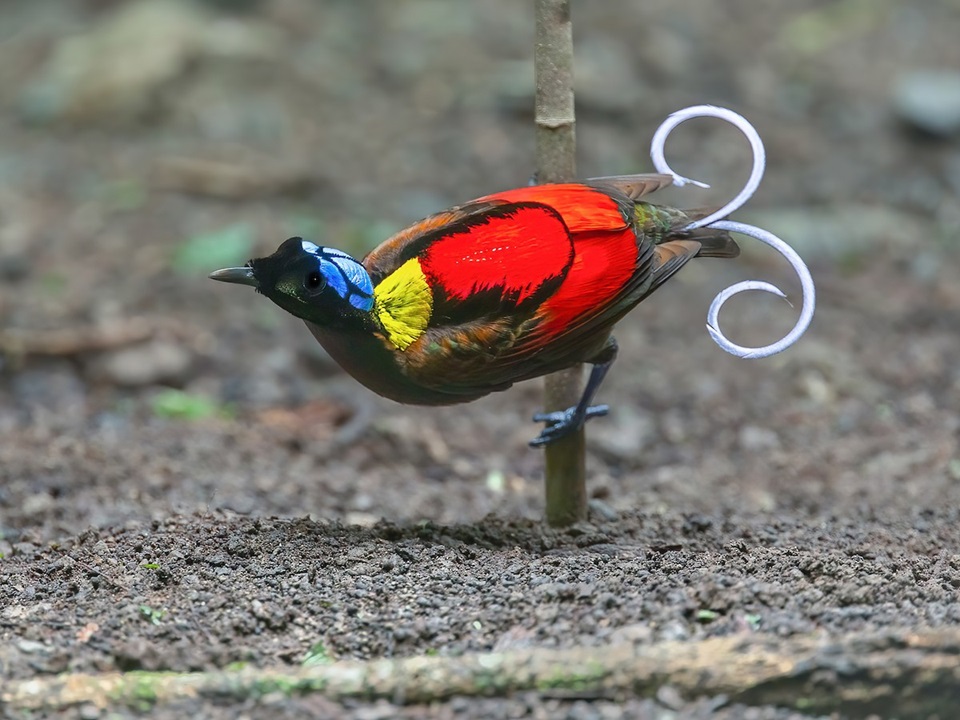
Wilson's bird of paradise is a bird endemic to Indonesia.
Wilson's Bird of Paradise (Cicinnurus respublica) is an endemic bird found only on two islands in the Raja Ampat archipelago of Indonesia, Waigeo and Batanta. Apart from these two islands, it does not exist naturally anywhere else.
This bird lives in tropical forests at altitudes of 0 - 1,200 meters above sea level, typically primary and secondary forests with high cover.
Currently, although Wilson's birds of paradise are not considered “Critically Endangered,” they are listed as “Near Threatened” due to their limited range and habitat loss.
Wilson's Bird of Paradise Appearance
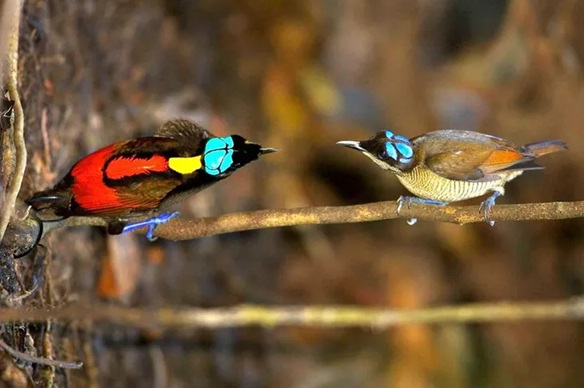
Appearance differences between male and female Wilson's birds of paradise.
Wilson's Bird of Paradise is considered one of the most beautiful birds in the world, a masterpiece of nature. With its colorful plumage and unique body structure, it has attracted the attention of many bird lovers and scientific researchers.
Size & shape :
- Length : 16 - 21 cm
- Weight : 52 - 67 grams
- Wingspan : About 7.6 cm, short compared to other birds.
Outstanding features :
- The iridescent blue bald area of the head glows when exposed to light, a rare occurrence in birds.
- The male bird has two long, curly tails that look very special like a spring.
- The coat has a metallic sheen due to the microscopic structure of the fur which reflects light creating a vibrant metallic effect.
- Strange but sophisticated shape.
- There is a perfect contrast between male and female birds.
Distinguishing between male and female Wilson's birds of paradise :
|
Characteristic |
Male Wilson's Bird of Paradise |
Female Wilson's Bird of Paradise |
|
Overall color |
Bright, eye-catching |
Simple color with brown tone and black stripes |
|
Head |
Bald, with metallic blue skin |
Head fully feathered, light greyish brown |
|
Back and wings |
Metallic green |
Gray brown |
|
Chest |
Bright red and yellow belly |
Pale yellow brown |
|
Tail |
Two curly spring tails, purple black bomgs |
Normal |
|
Eye |
Black, dark brown around the eyes |
Similar to male bird |
Wilson's Bird of Paradise Behavior
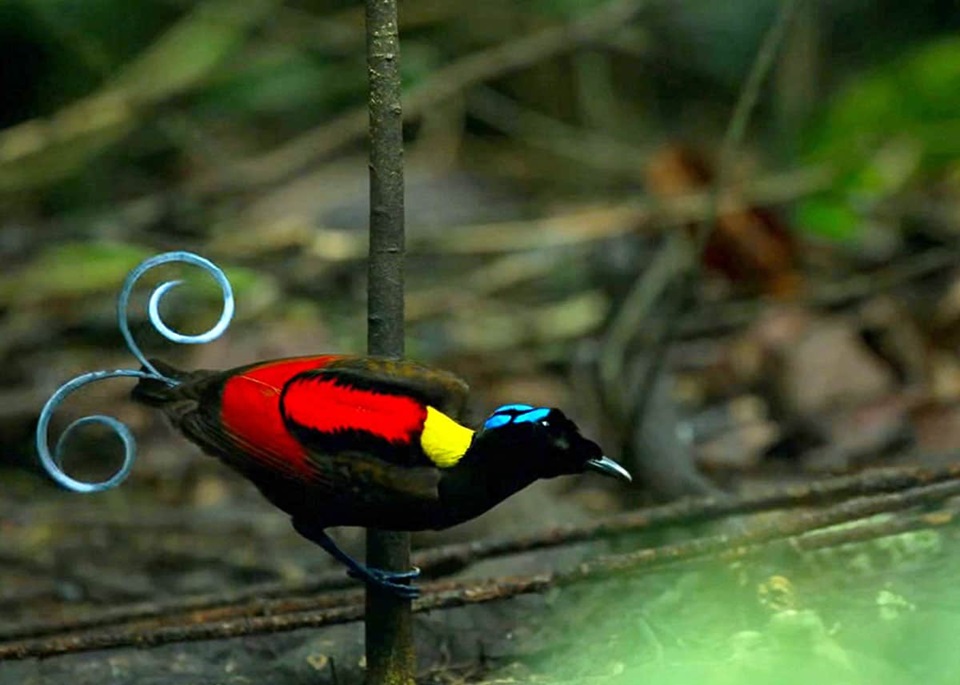
Wilson's bird of paradise lives alone.
Not only does the Wilson bird of paradise have a distinctive appearance, it also has special habits and behaviors that cannot be seen in any other bird species. Find out more here!
Like to live alone
Wilson's birds of paradise prefer to live alone, except during the breeding season. They never live in large flocks, but always choose a closed lifestyle, hidden in dense forests.
Polygamous
Wilson's birds of paradise are not monogamous, but rather polygamous - meaning a male bird can mate with multiple females during a single breeding season.
The male bird also does not participate in the care of the chicks, but only has the sole task of attracting a mate.
Male birds have a special proposal dance.
To attract female birds, male Wilson's birds of paradise perform a very unique dance, specifically as follows:
- The male bird clears an area of bare ground to create his own “dance floor”.
- Then they will stand motionless on the branch, posing, attracting attention.
- When the female bird comes near, it will dance, spread its neck feathers to form a colorful round disc, open its mouth and make a strange sound.
This is considered one of the most complex and impressive mating behaviors in the bird world.
Male birds are not territorial.
Unlike many other birds, male Wilson's birds of paradise are not territorial. They are never aggressive towards other males, and multiple males have even performed courtship dances side by side without any conflict.
Females play a selective role
Female Wilson's Birds of Paradise are the ones who actively choose their mates. They will rely on the appearance, dance, and performance of the male bird to choose the most suitable mate for themselves and then proceed to mate.
In particular, after mating, the female bird builds the nest, incubates the eggs and takes care of the chicks herself without the participation of the male bird.
Why is the Wilson's bird of paradise not popular among bird keepers?

Wilson's birds of paradise live only in the wild.
It can be seen that although Wilson's bird of paradise has a unique and impressive appearance and is considered one of Mother Nature's masterpieces, it is not popular in the bird world. Do you know why? Let's find out here.
Unique living environment, difficult to recreate
In nature, Wilson's bird of paradise has a very specific habitat of primeval, humid rainforests with separate vegetation at altitudes of 300 - 1,200m, so it is very difficult to simulate these conditions in an artificial environment.
Difficult to adapt and reproduce in artificial conditions
Wilson’s birds of paradise are shy and have difficulty adapting to artificial environments. In addition, they have complex reproductive habits such as “marriage dancing” with clean dance floors and elaborate dances, which are difficult to perform well in captivity. And up to now, there have been no recorded cases of successful reproduction in artificial environments.
Easily stressed by environmental changes
Wilson's birds of paradise are completely wild animals, they are not used to human presence, noise or artificial light, so when changing their living environment they will immediately become stressed, stop eating and have poor health.
Strictly protected by international laws
Wilson's Bird of Paradise is listed as "Near Threatened" by IUCN and is a restricted species under CITES, so illegal trade and captivity of this bird is a violation of international law.
Interesting Facts About Wilson's Bird of Paradise
Below are some interesting facts about Wilson's bird of paradise that you may not know. Let's find out now to better understand this beautiful bird!
- The Malays of Indonesia call the Wilson's bird of paradise the “bird of the gods.”
- Their calls sound like sirens, high and shrill, repeated over and over again.
- You can observe this bird in the wild at “Jurong Bird Park, Singapore” or book a Wilson Bird of Paradise tour in Indonesia.
Wilson's Bird of Paradise Q&A
Where does Wilson's bird of paradise live?
This bird species usually lives in primary, dense, high-canopy tropical rainforests on the islands of Waigeo and Batana in Indonesia.
Is Wilson's Bird of Paradise a rare species?
Yes, Wilson's bird of paradise is currently listed on the IUCN Red List as “Near Threatened”.
Can Wilson's Bird of Paradise be kept as a pet?
Not possible, because Wilson's bird of paradise is an endangered species and is strictly protected.
The most beautiful and impressive Wilson bird of paradise pictures
To help you enjoy watching the rare Wilson's Birds of Paradise, below we have collected moments of this bird in the wild, let's admire it right away!
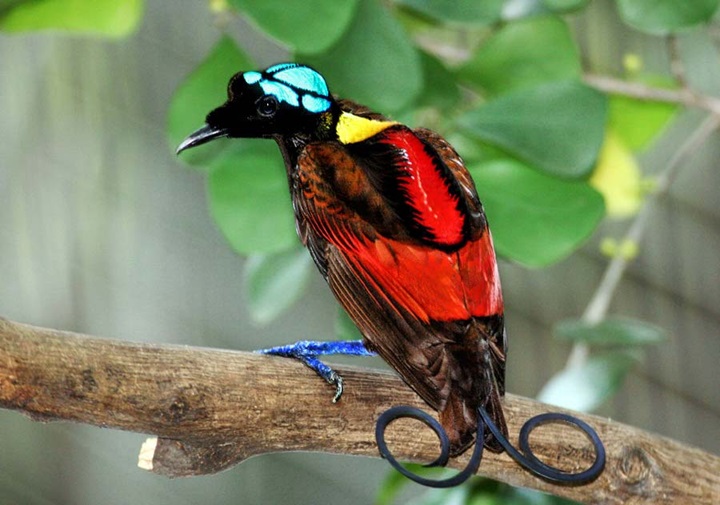
A male Wilson's Bird of Paradise with a striking, unique appearance.

Wilson's Bird of Paradise with fairytale beauty.

A tiny Wilson's bird of paradise is perched on a tree branch.
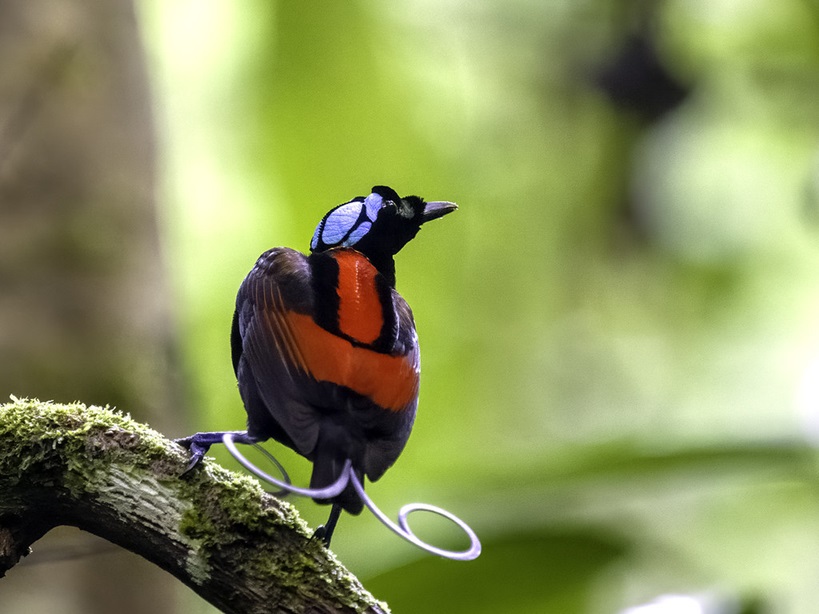
A Wilson's bird of paradise looking around for food.

The artistic beauty of a male Wilson's Bird of Paradise.
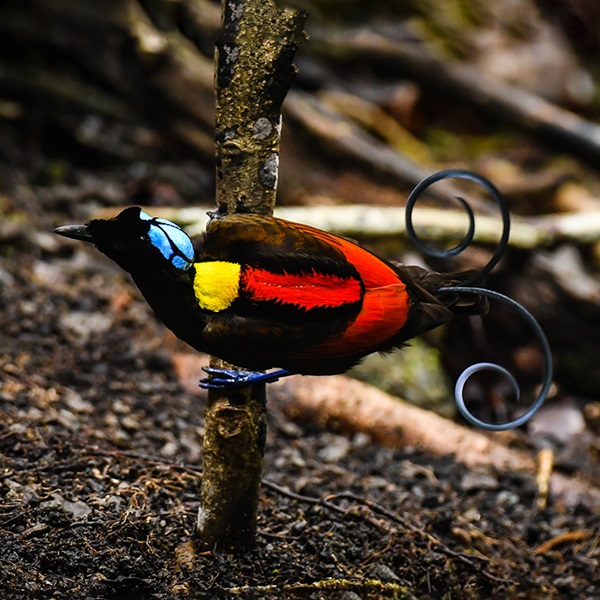
Wilson's bird of paradise with its bright colors and distinctive curly tail.
Thus, through the article on nicebirds.net, we have shared with you relevant information about Wilson's bird of paradise . This is not only a beautiful and rare bird, but it is also a testament to the miracle of creation. Every detail, every color or behavior of this bird is a masterpiece of evolution, which needs to be strictly preserved.
Don't forget to follow our Blog section to learn more about other common or rare bird species in the world to expand your knowledge!

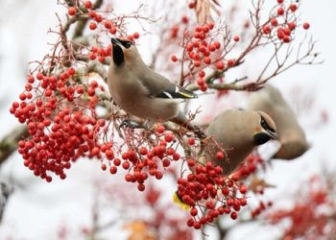

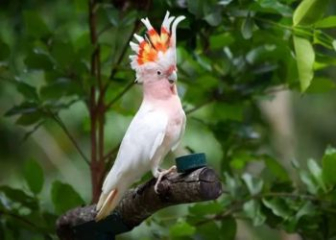
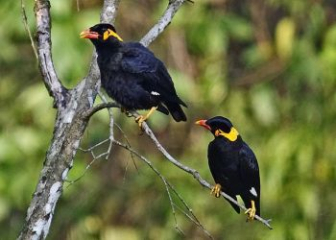
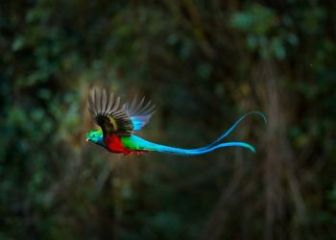





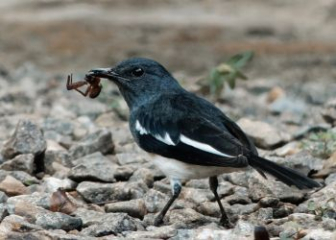
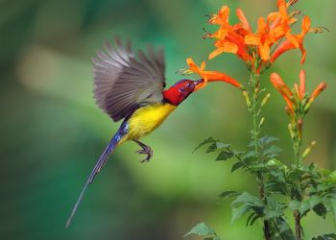


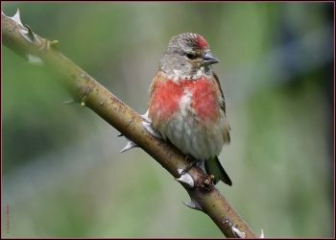
_350x250.jpg)
